07.26.13
“That [Willa Cather] chose for her final resting place a plot in Jaffrey Center, New Hampshire, with a view of Mt. Monadnock, and that it is here she wished to rest under the inscription, ‘That Is Happiness; to Be Disolved into Something Complete and Great’, is perhaps her finest tribute to the region where her heart most truly took its rest.”
– Gary Brienzo, Willa Cather’s Transforming Vision
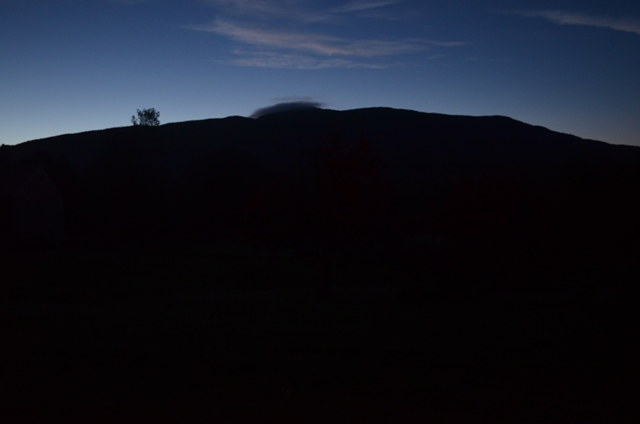
A week that was filled with generally favorable weather is coming to a close with rain today. Precipitation started to fall Thursday evening in the Monadnock Region and has continued throughout the day today. Cooler temperatures also returned with some days this past week not making out of the 60’s. Things will be warming up on Saturday and a return for rain is expected on Sunday.
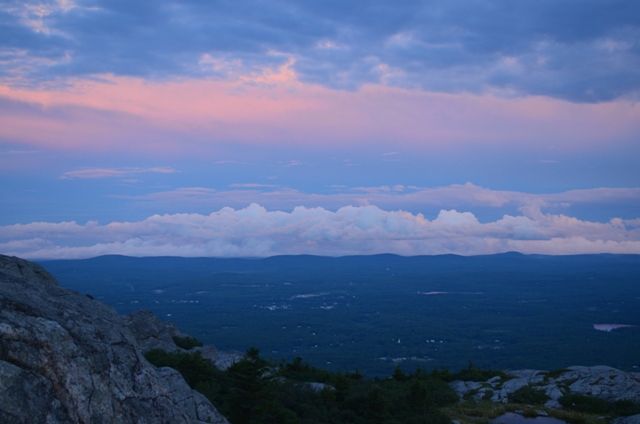
Hikers coming out for a Saturday adventure on Monadnock, at this point in the forecast, can expect some clearing skies throughout the day and temperatures warming up at the base of the mountain into the upper 70’s. Despite the anticipated good forecast, Saturday’s climbers, especially in the morning, will need to be prepared for sections of wet and muddy trails. The upper elevations should dry from today’s rain pretty quickly, but the middle and lower sections will need more time. Please, for the sake of the mountain’s health, hike through the middle of trails and be ready for wet hiking boots.
Hikers planning a Sunday visit should probably get an early start if wanting to avoid the rain in the afternoon’s forecast. Visibility above tree line could become a concern and winds are expected to pick up Sunday morning.
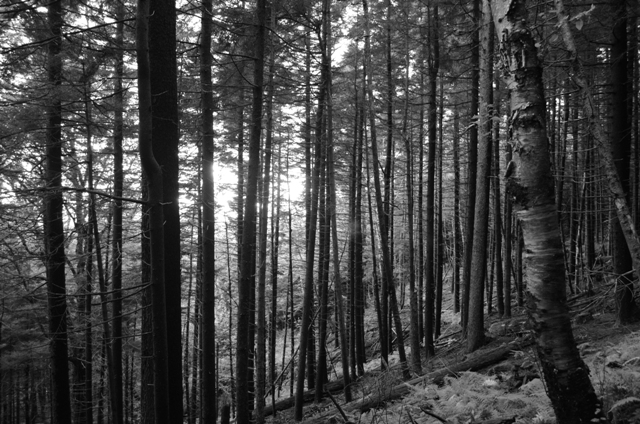
Sunday’s rain could carry over into Monday. After Monday, things are shaping up nicely for the remainder of the week’s forecast. But, who knows? New England weather forecasts are really only reliable for 24 hours at best, right? So, keep checking out what the National Weather Service has to say and plan accordingly!
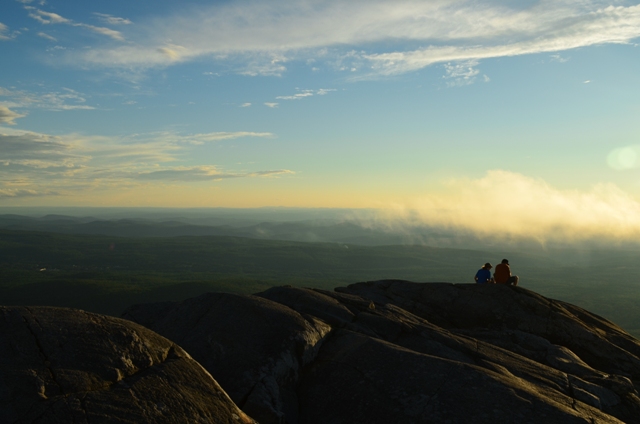
Talking Heads
Recently, I had the pleasure to sit down and talk with writer and critic Marc Patterson.
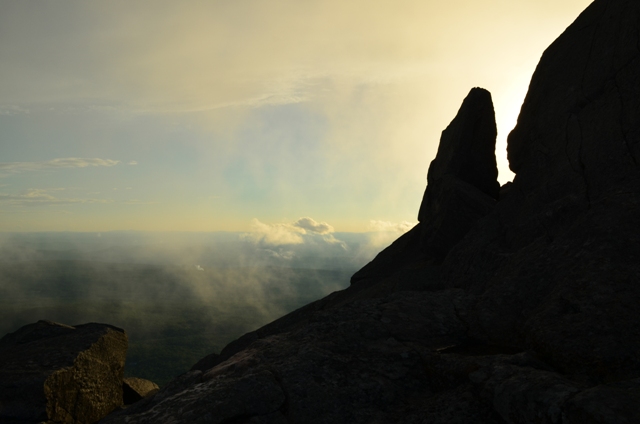
Marc is a solid indvidual and, like me, a fanatic of music and cinema, as well as the outdoors and social causes. I want to thank Marc for his time and support and look forward his future writings. His write up on our discussion can now be found here.
This Week in Monadnock History
It will be 288th anniversary, this coming Wednesday, of the first recorded ascent of Mount Monadnock.
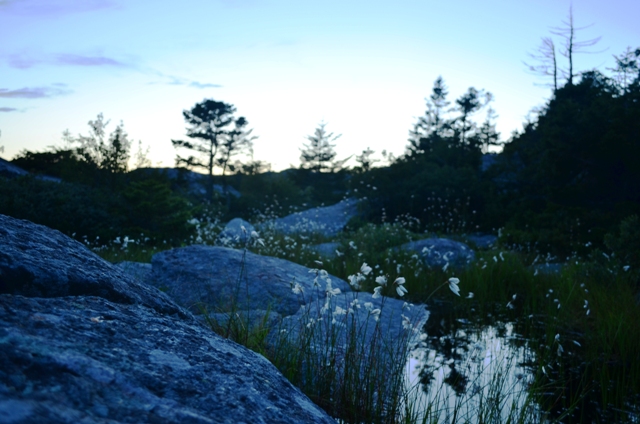
While some speculate that Native Americans spent time on Monadnock, Captain Samuel Willard is recognized as making the first recorded ascent of the mountain on July 31st, 1725. He and fourteen of his rangers were fifteen days into an unsuccessful Indian hunt from Lancaster, MA when they “campt on ye top of Wannadnack Mountain.”
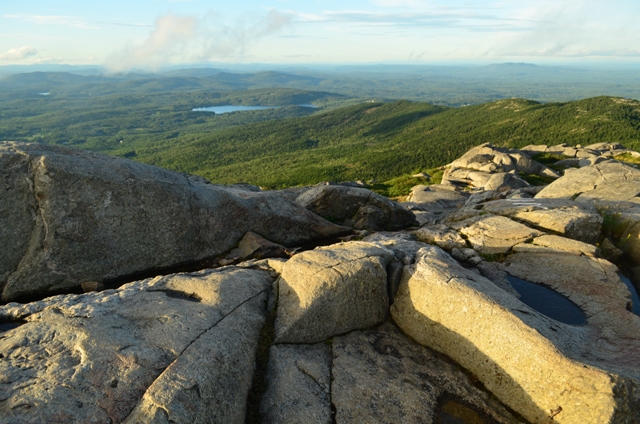
From Willard’s journal: “Saturday, July 31. We marched twelve miles and I with fourteen men campt on ye top of Wannadnock mountain and discovered twenty-six ponds. Saw Pigwackett …. and Cusagee mountain and Winnepeseockey.”
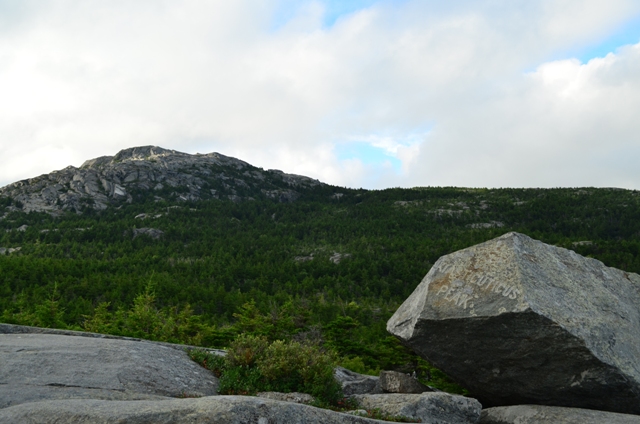
Captain Willard’s uncle, Reverend Joseph Willard, had been killed and scalped by four Indians in his home in Rutland, MA two years prior, in 1723. Because of the brutality of his uncle’s death, Captain Willard declared vengeance on all Native Americans, although it is not clear that he was successful in extracting his revenge. It is thought they hiked from the Jaffrey side of the mountain (obviously without a trail) and descended down the Marlboro (west) side. Interestingly, on this trip, Captain Willard and his men also became the first settlers to visit what would later become downtown Peterborough, NH.
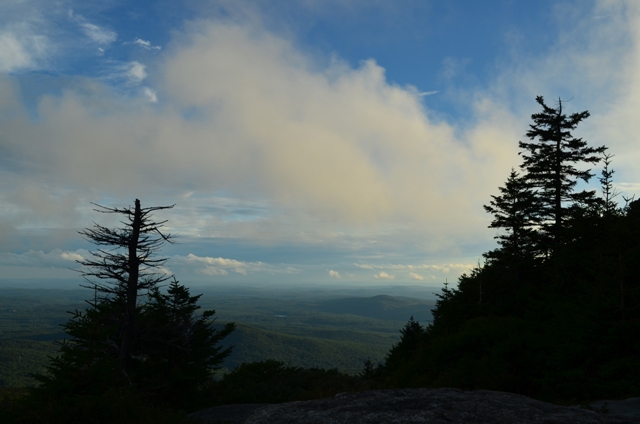
I recently thought more about Captain Willard’s journals from his overnight stay on “Wannadnock Mountain” and if there are any implications about when the vegetation on Monadnock’s summit was burned off. Many of you are familiar with the legend of farmers setting fire purposely to the summit in the early 1800’s to “drive out wolves”; a story that I have found too many holes in to believe.
In finding records as far back as 1780 that not only was Monadnock’s summit not forested that year but even had a measurable treeline to boot, predating the traditionally held earliest great summit fire by 20 years, I felt as if that was the oldest evidence I was going to locate to help dispell the “Yankee farmer vs. Livestock Eating Wolves” story.
Captain Willard’s journals did not intimately describe the summit’s condition, but he did infer that he had views unobstructed enough to see 26 bodies of water. It seems unlikely, given his route, that he had any places below present day treeline to record a number that high. One could argue that the summit might have been bare as far back as, or earlier, than 1725 when Captain Willard’s troop climbed Monadnock.
Either way, I find it overly fitting that the first recorded climbers of Monadnock ended up visiting the mountain on a Saturday…
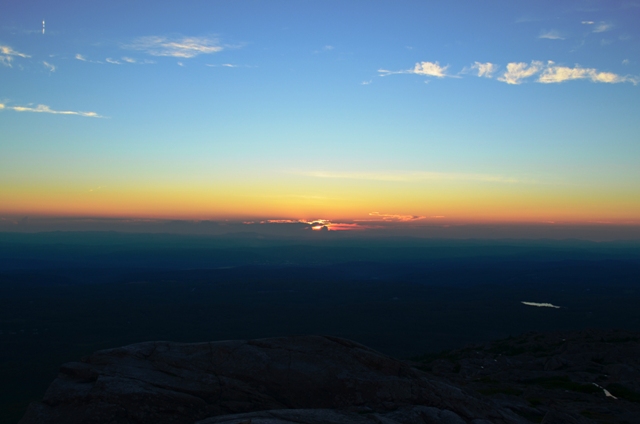
Until next week, happy trails to you and thanks for reading!
